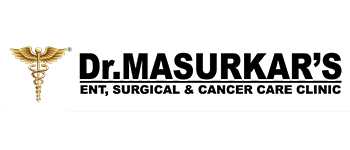Breast-diseases-benign
Breast lumps are more likely if you have benign breast disease. Finding a lump in your breast might be frightening, but these changes are harmless (not cancer). Breast cancer is more likely if you have certain forms of breast disease. Any lumps or changes in your breasts should be reported to your doctor. The majority of noncancerous lumps disappear without treatment.
What is benign breast disease, and how does it affect you?
Your initial thought maybe that you have breast cancer if you detect a lump in your breast. The majority of breast lumps are benign, which means they aren’t cancerous.
Breast lumps that are benign (noncancerous) can affect both men and women. Benign breast disease is the medical term for this ailment. While these changes in your breasts aren’t malignant or life-threatening, they may raise your chance of breast cancer in the future.
What factors causes to the development of benign breast disease?
The following are some of the most common causes of noncancerous breast lumps:
- Breast tissue changes (fibrocystic breast changes).
- Infection of the breasts (mastitis)
- An injury to the breast has resulted in scar tissue.
- Hormone changes, particularly during menstruation, pregnancy, and menopause.
- Hormonal contraceptives (birth control pills) and hormone replacement therapy are two examples of medications.
- Caffeinated drinks are those that include caffeine.





